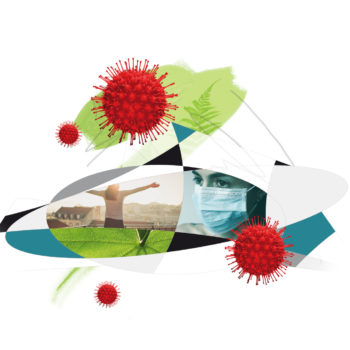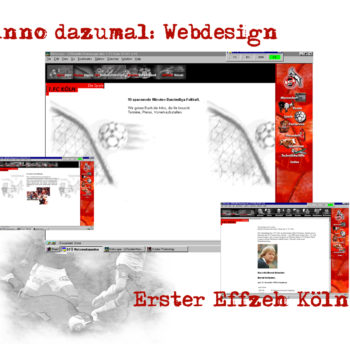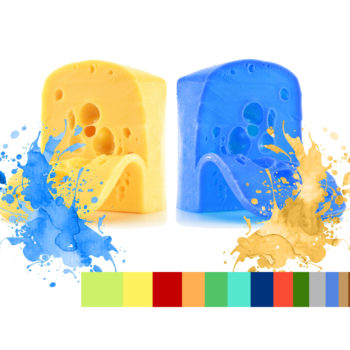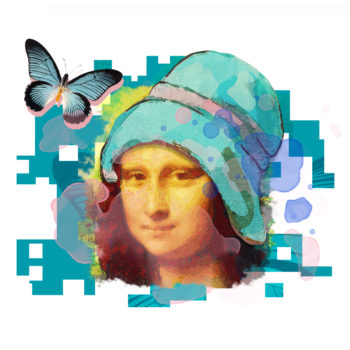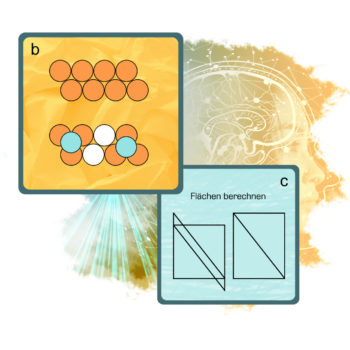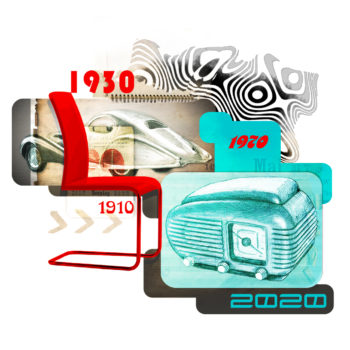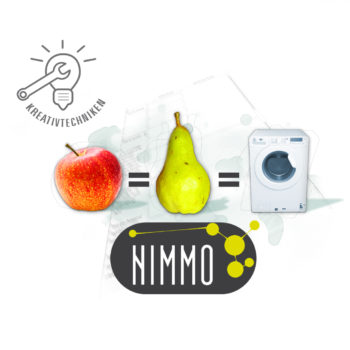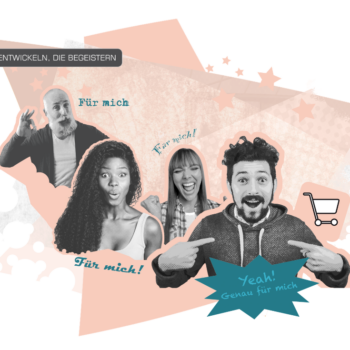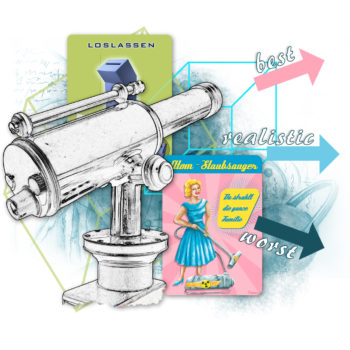How to create a persona for idea development — tips and tricks
Janine is 24 years old, lives with her mother and is training to be an industrial clerk. We know a lot more about Janine, how she thinks, feels, what she is interested in, what upsets her, what her plans are. Janine does not exist. Janine is a persona.
Change of scene: The workshop has now lasted two days. 12 editors are working on developing a new proposal for Janine. All the editors are called Janine. Not only the women, but also the men. Well, not really, but they all address each other as Janine all the time. What’s going on?
Personas are popular in marketing, and rightly so. They are very helpful when it comes to developing offers, products or communication for specific target groups. It’s much easier to come up with ideas for real people (or what feels like them) than for an abstract target group.
Yet personas no longer have much in common with what the term originally meant. Even in ancient times, the persona was the actor’s mask, the face shown to the outside world. This understanding is also in the concept of the persona according to C.G. Jung. For him it was “what one appears to be”. In marketing and creative development, on the other hand, one builds complete personalities. They must appear alive, authentic, credible, multifaceted, give deep insights into their inner selves, reveal their dreams and fears, their “gains and pains”, as if they were the best of friends.
In the process, the persona condenses all the qualitative and quantitative data that could be gleaned from research on the target group. It is a fictional person, but not a freely created one. It embodies a specific customer segment. This also results in the challenge of creating personas. This process takes place in a fundamental tension. A good persona is the best possible mediation between the poles of this tension:
The persona is a person
On the one hand, the persona should look like a real person: A unique person who does not exist a second time, with very individual quirks. Only then does it appear alive, authentic and “real”. In return, the persona is given very specific characteristics, interests, activities, experiences, a social environment, and so on.
The persona is a target group
On the other hand, the persona should typify the relevant characteristics of the target group, i.e. be typical of an entire customer group. Therefore, despite all the concretization and clarification, it must not be too restrictive in the development of ideas. “But Janine eats a vergan diet” — Yes, but that doesn’t apply to everyone in the target group. Her personality should accommodate as many facets as possible of the target group she represents.
One trick to solve this can be to develop two very different personas for the same target group or type. In the above workshop, that’s why there was Alex in addition to Janine. The same type at the core, but quite different in his specific activities and preferences.
Tips and tricks
It is not an easy task to mediate well in this tension. One hundred percent will not — and cannot — succeed. Here are a few basic tips from our experience:
- Empiricism
Always orientate on the empirical basis, ideally quantitative and qualitative data are used — but without qualitative-psychological insights it is usually not possible, then the persona remains too superficial. - Details
Make the persona “juicy”: Enrich with very concrete details from their life. It is not enough that you know her name, that she has two children and a dog and likes to buy shoes. You need a deep look into her soul. Never forget the empirical basis (tip 1). - Coherence
A credible persona makes an overall coherent impression. It is a “gestalt.” Their appearance, behavior, social environment, biography, attitudes, and even their conflicts and contradictions add up to a whole. - Compact
Don’t get too elaborate. After all, you want to be able to work with it later. Rule of thumb: one page, or one poster. - Real person as a basis
It may be helpful to use a real person, e.g. from in-depth interviews, as a basis in order to have a coherent, credible foundation. This can then be supplemented and enriched with characteristics from other interviews. - Pictures
You want to get a picture of the persona, so use one. You can find enough free portrait photos in image databases. - Weak pictures
Important when choosing a portrait: Not too specific, better a “weak” image, i.e. one that can be laid out. So no person with a mohawk. That already sets too much on a certain association space. Unless the target group are punks. - Collage
In addition, photos or illustrations from the persona’s environment can be put together on a large collage and printed out as a poster and hung up in the workshop room. - Rather more
Rather develop two or three personas, and do not “squeeze” too many characteristics into one. - Storytelling
If you have developed a poster for the persona, for example: Have an additional narrative text ready. You can give this to the participants in advance as a homework assignment so that they can already get an imaginative feel for it — or you can read the text aloud as a moderator in bites during the course of the workshop to give the idea development new material.
And lastly: If everyone consistently adopts the name of the persona and all address each other as Janine, for example, you will no longer lose sight of the persona and thus the relevant target group so quickly during idea development. The original concept of the persona as a mask then makes sense again.





